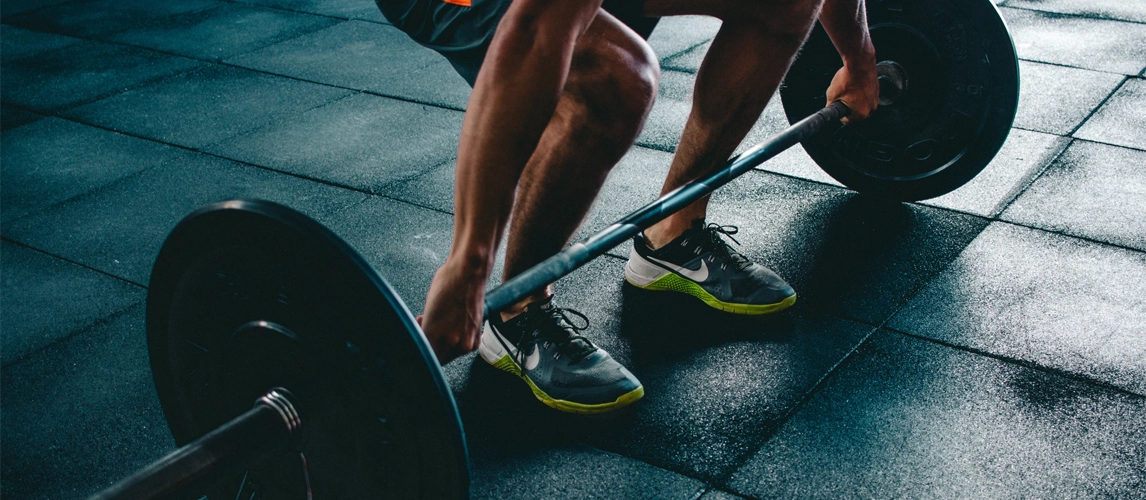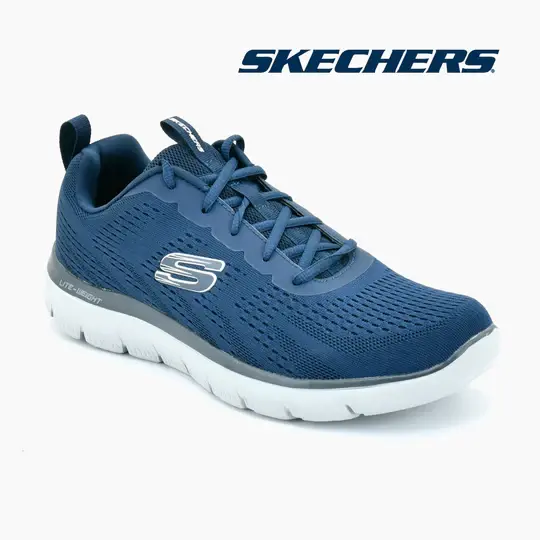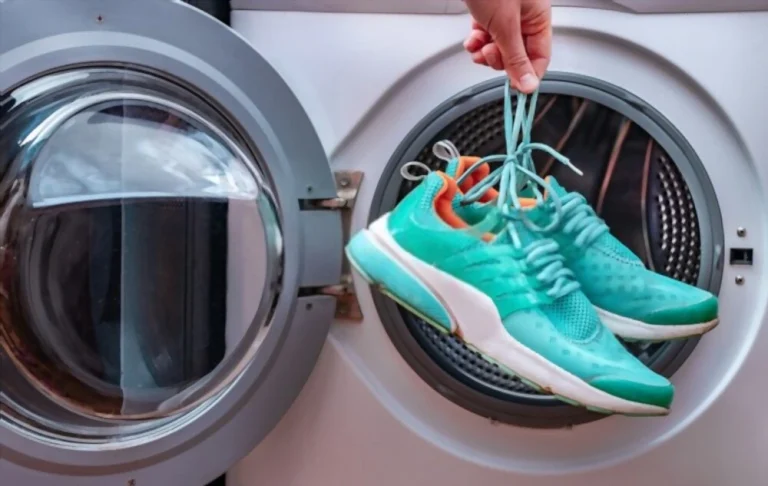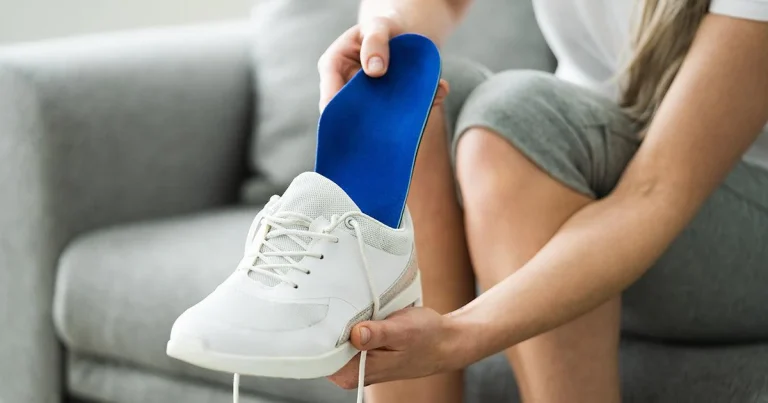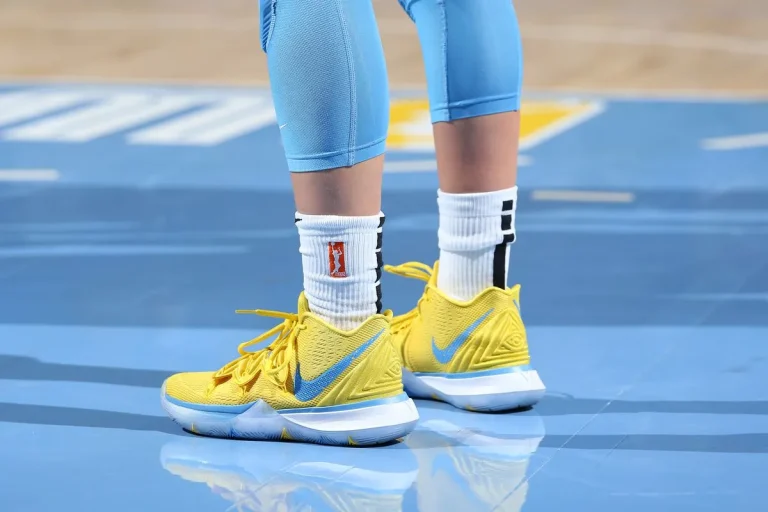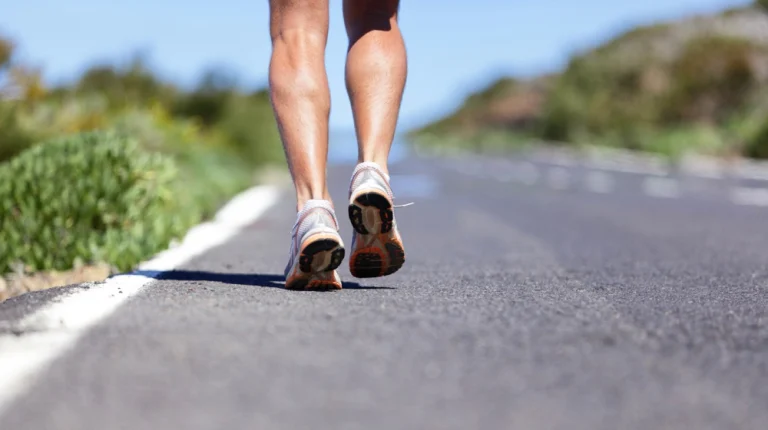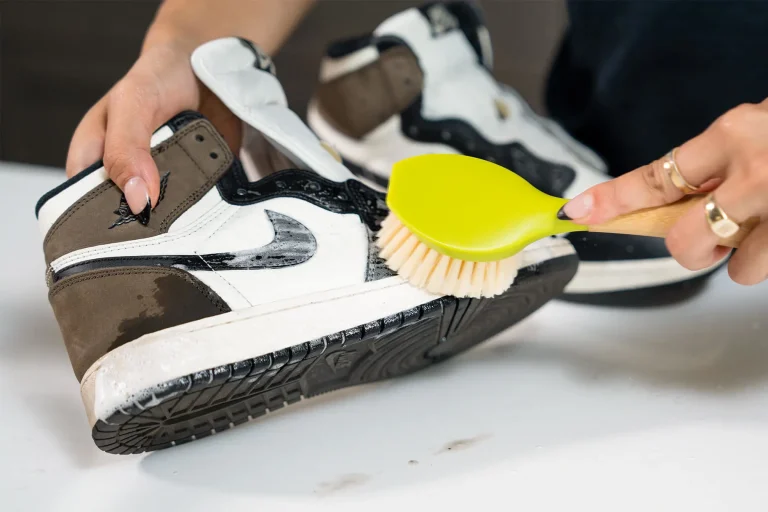Are Running Shoes Good For Weightlifting? Facts You Know
“You technically can, but it’s not ideal, and your performance could be hindered when lifting with running shoes.”
Running shoes are designed specifically for running and provide cushioning and support for the feet during high-impact activities. However, when it comes to weightlifting, running shoes may not be the best choice. Weightlifting requires stability and a solid base, which running shoes may not provide. They are designed to absorb shock and promote forward motion, which can be counterproductive for weightlifting exercises that require stability and a firm grip on the ground. Therefore, it is generally recommended to use weightlifting shoes or flat-soled shoes that offer better stability and support for weightlifting activities.
What Are The Differences Between Weightlifting Shoes and Running Shoes?
| Weightlifting Shoes | Running Shoes |
|---|---|
| Weightlifting shoes offer a more stable base with a firm sole. | Running shoes have a cushioned sole designed for shock absorption during running. |
| Weightlifting shoes have an elevated heel, which helps maintain an upright posture and allows for deeper squats. | Running shoes typically have a lower heel or no heel elevation. |
| Weightlifting shoes have a grippy outsole to prevent slipping during lifts. | Running shoes prioritize flexibility and traction for forward motion. |
| Weightlifting shoes provide better ankle and arch support to enhance stability during heavy lifts. | Running shoes prioritize cushioning and shock absorption for repetitive impacts. |
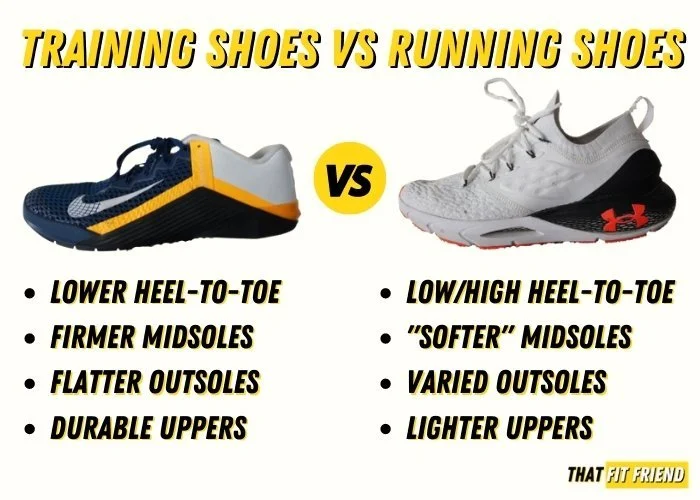
To Wear Weightlifting Shoes Or Not
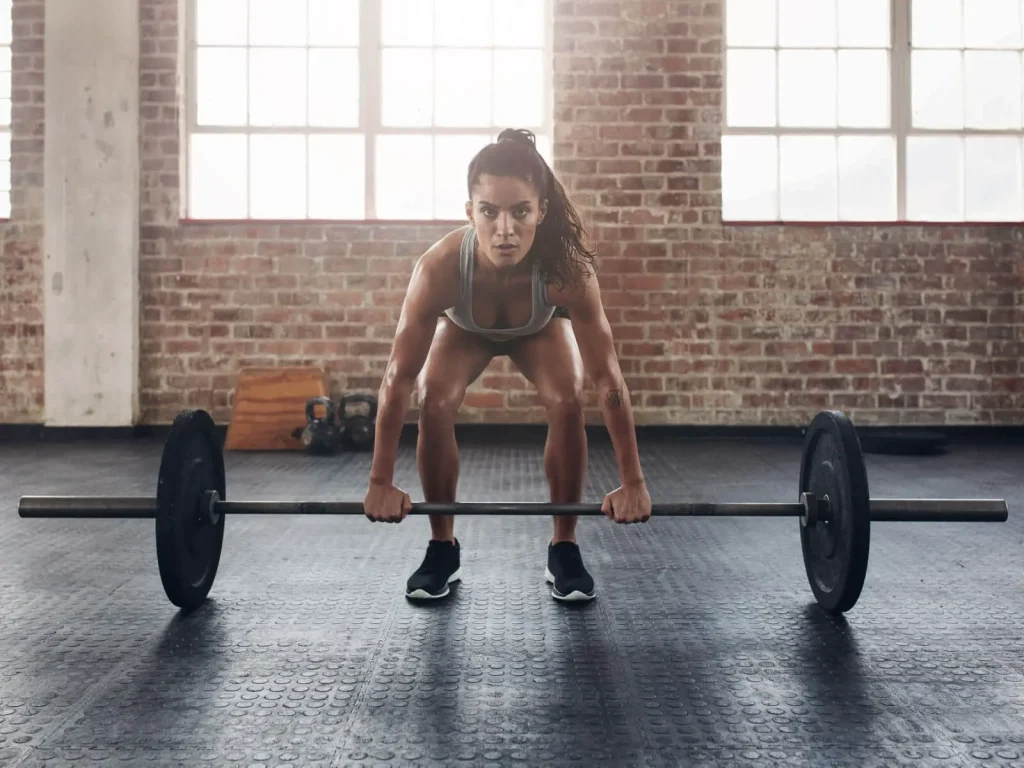
Whether to wear weightlifting shoes or not depends on your specific needs and preferences. Here are some factors to consider:
The decision to wear weightlifting shoes or not depends on your individual circumstances and goals. It may be helpful to try both options and see which one feels more comfortable and supportive for your specific lifting needs.
The Problems with Lifting in Running Shoes
Lifting in running shoes can present several problems:
Lack of Stability
Running shoes are designed to provide cushioning and shock absorption for forward motion, but they lack the stability needed for weightlifting exercises. This can compromise your balance and form during lifts.
Reduced Power Transfer
Running shoes have a softer sole, which can absorb some of the force generated during lifts. This can result in decreased power transfer from your legs to the ground, affecting your overall lifting performance.
Increased Injury Risk
The lack of stability and support in running shoes can increase the risk of ankle rolling, slipping, or other lifting-related injuries. The cushioned sole may also contribute to instability during heavy lifts.
Limited Ankle Mobility
Running shoes typically have a lower heel or no heel elevation, which can restrict ankle mobility during exercises like squats. This can hinder your ability to achieve proper depth and form.
Inadequate Grip
Running shoes are designed for forward motion and may not provide sufficient grip on the gym floor. This can lead to slipping or a loss of traction during lifts, compromising your safety.
“Don’t use your running or other athletic shoes for lifting purposes. The ideal lifting shoe should be hard with a raised heel, as this comes in handy with exercises such as squats and deadlifts. You don’t need as much arch support when weightlifting, either.“
Is Barefoot Lifting an Alternative?
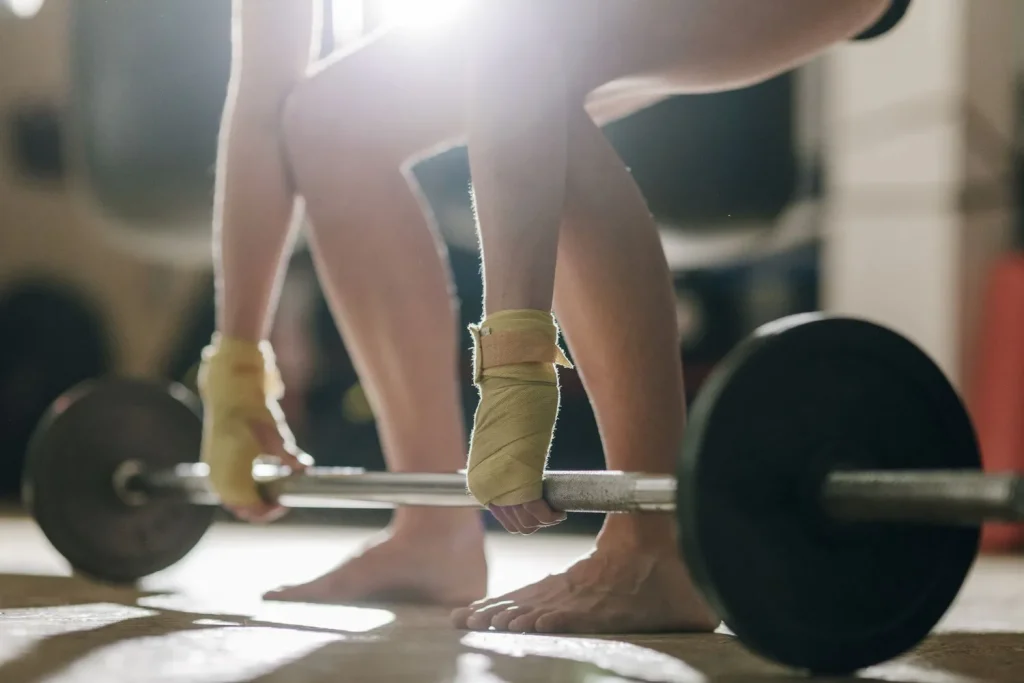
Yes, lifting barefoot can be a viable alternative to wearing weightlifting shoes or running shoes. Here are some benefits of lifting barefoot:
Important Note
It’s important to note that lifting barefoot may not be suitable for everyone. Factors such as gym regulations, personal comfort, and individual foot conditions should be considered. If you choose to lift barefoot, ensure that the gym floor is clean and free from any potential hazards.
The 3 Biggest Factors to Consider When Buying a Shoe for Both Running and Lifting
When buying a shoe for both running and lifting, there are three key factors to consider:
Related To: Can You Play Tennis In Running Shoes?
Related To: How Many Running Shoes Should I Have?
What Happens When You Wear Weightlifting Shoes During Squats?
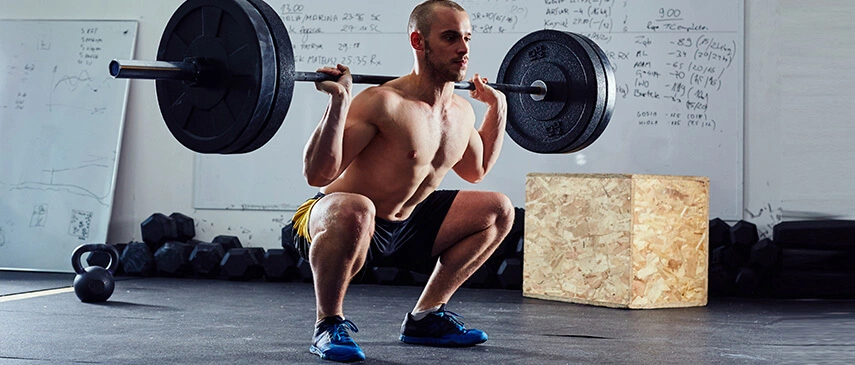
When you wear weightlifting shoes during squats, several benefits can occur:
Can I Deadlift In Running Shoes?
While it is possible to deadlift in running shoes, it is generally not recommended. Here’s why:
It is recommended to use shoes specifically designed for weightlifting or go barefoot. Weightlifting shoes offer a stable base, better grip, and often an elevated heel to improve ankle mobility and form. If weightlifting shoes are not available, flat-soled shoes like Converse Chuck Taylors can be a suitable alternative.
Can I Squat In Running Shoes?
While it is possible to squat in running shoes, it is generally not recommended. Here’s why:
Can I Work Out In Running Shoes?
Yes, you can work out in running shoes, but it depends on the type of workout you’re doing. Running shoes are designed specifically for running and provide cushioning and support for forward motion. They are suitable for activities like jogging, treadmill running, or cardio exercises.
However, for certain types of workouts, such as weightlifting, HIIT (high-intensity interval training), or strength training, running shoes may not be the most ideal choice. These activities require stability, support, and a firm base for proper form and performance. For weightlifting or strength training, it is recommended to use weightlifting shoes or shoes with a flat, stable sole that provide better stability and grip. These shoes are designed to support heavy lifting and promote proper alignment.
Consider the specific demands of your workout and choose footwear that provides the necessary support, stability, and comfort for that activity.
Related To: Best Running Shoes For Flat Feet
Related To: Best Running Shoes For Heel Pain
Is It Bad to Work Out In Running Shoes?
Working out in running shoes is not necessarily bad, but it may not be ideal for certain types of workouts. Here are a few reasons why:
What Shoes Should I Work Out In?
The type of shoes you should work out in depends on the specific activities you engage in during your workouts. Here are some general guidelines:
Conclusion
Running shoes are not ideal for weightlifting. They lack the necessary stability and support required for heavy lifting exercises. Weightlifting shoes, on the other hand, are specifically designed to provide better stability and grip. It is recommended to use weightlifting shoes or go barefoot when engaging in weightlifting activities. This will help ensure proper form, reduce the risk of injury, and optimize performance during weightlifting workouts.

